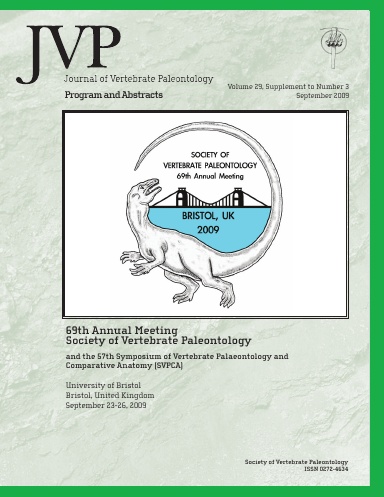
Aktinofibrils and other collagenous dermal fibres (e.g., in cranial crests and skin associated with the neck and body) exposed by decay of the remarkably thin epidermis have frequently been misinterpreted as pycnofibers.” “Multiple specimens with soft tissues preserved in four different preservational modes, show that the integument had a glabrous, fine granular, or even polygonal external texture.

See if you can find the sternal complex, scapula and coracoid before looking at figure 2 where they are highlighted. Here’s the evidence for pycnofibers on the fluffiest pterosaur of all, the owl-like holotype of Jeholopterus (Fig. This issue was just raised by Unwin and Martill and I have yet to see their evidence. The identity, homology, composition, and function of integumentary fibers is fiercely disputed.”

Fiber-like structures have also been reported in cranial crests, foot webs, and tail flaps. “Comparable in size to aktinofibrils, but less common, are single-stranded, hair-like pycnofibers, seemingly branched in two specimens of the anurognathid Jeholopterus, that supposedly adorned parts of the cranium, neck, and body. “Occasionally partially mineralized in distal regions of the patagia, aktinofibrils were composite, helically-wound structures composed of much finer filaments a few microns in diameter. Among the commonest are aktinofibrils, typically 40–100+ μm in breadth and present throughout the flight patagia, exhibiting the same patterns of alignment across Pterosauria. Several fiber types have been recognized. “Fiber-like structures are frequently preserved in association with fossilized remains of the pterosaur integument. Published on this abstract earlier last year and this year (2020).


 0 kommentar(er)
0 kommentar(er)
